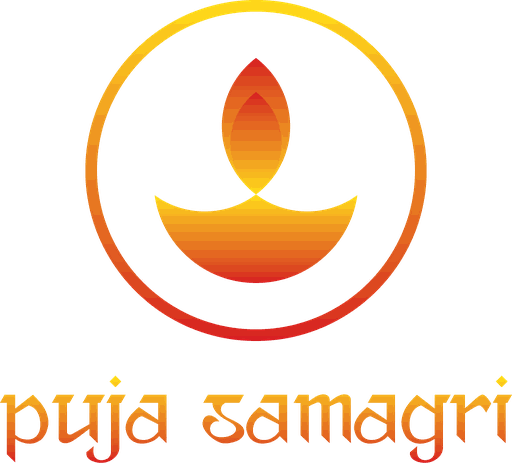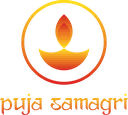Trishul Jatra is one of the oldest festivals celebrated by the Newar community every year at Devpatan.
The jatra commences with the offering of flowers, vermilion powder, fruits and incenses to the ‘kha’, a wooden chariot. Locals bring three chariots carrying children, one from Jayabageshowri, another from Bachleshowri, Aryaghat and next from Bhuwaneshwari to the external town around Pashupati in Devpatan. As ritual dictates, children are carried between the spikes of a trident. The trident is a wooden fixture, revered as Lord Shiva’s primary weapon.
There are various legends and myths related to the Trishul Jatra. In ancient times, it is believed, the demons used to take away human children. And to teach the demons a lesson, the locals started impaling the demons’ own children on tridents. To this day, this ritual is celebrated symbolically as the Trishul Jatra. The myths suggest that if children watch this festival, they will remain healthy and will grow up without any trouble. It is also believed that all the spectators of the festival are granted access to heaven as well.
The Trishul Jatra is also related with an unfortunate tale of a priest, Bandhudatta. While performing his daily rituals for a goddess, she asked him to sacrifice the object behind him, to which the priest readily agreed. But to his dismay, Bandhudatta found his own son standing behind him. However, acknowledging the deity’s request, he vowed to stick to his words, thus sacrificing his own son.
Being a tantric, Bandhudutta was aware of the methods of reviving the dead. So, after the sacrifice, he locked his son inside a room with seven locks and asked his wife not to open the door before leaving on a quest for ‘Amrit’ – the elixir of immortality. However, his wife opened the door out of curiosity, and found their son lying dead. Then she performed the final rites without waiting for her husband. Bandhudatta heard what his wife had done when he was at Chakubaku, the present day Baneshwar. The elixir he found fell to the ground, and the priest went on a self-exile.
Owing to this tale, every year at the end of the procession of Trishul Jatra, bhotos (traditional vests) are shown to the spectators which symbolizes Bandhudatta, and his son. Their idols are placed on a staff placed on a palanquin. The kha, along with the children, are then paraded from Bastslewori to Bajra Ghar, Jay Bagheshwori, around Shifal, and Raniban before returning to the Bastsalewori temple premises.

